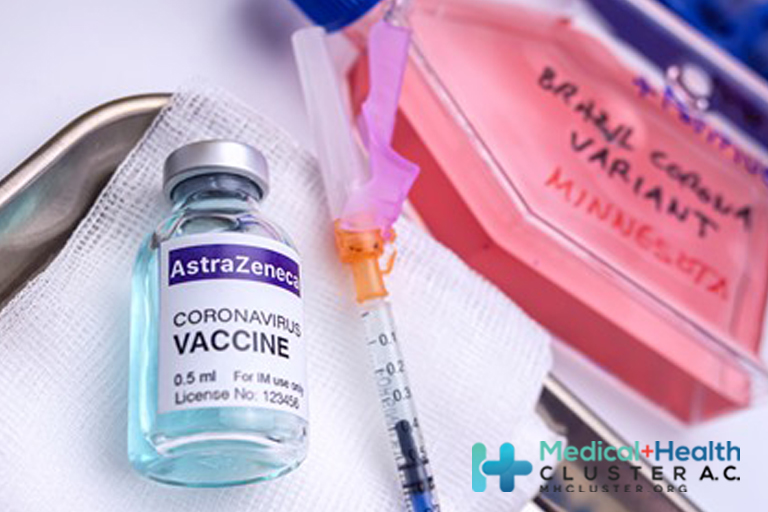On March 31, the Centers for Disease Control and Prevention (CDC) recommended that all adults aged 19-59 years receive a vaccination for hepatitis B. It also added that adults aged 60 years or older without known risk factors for hepatitis B may get vaccinated. The agency earlier recommended the vaccination for all infants and children […]
Read More
Abstract Background As of August 21, 2021, >60% of the U.S. population aged ≥18 years were fully vaccinated with vaccines highly effective in preventing hospitalization due to Coronavirus Disease-2019 (COVID-19). Infection despite full vaccination (vaccine breakthrough) has been reported, but characteristics of those with vaccine breakthrough resulting in hospitalization and relative […]
Read More
Table A. Dosing Regimens and Comments for the Drugs Recommended in Figure 2 Drug Name Dosing Regimen Comments Remdesivir Remdesivir 200 mg IV once, then remdesivir 100 mg IV once daily for 4 days or until hospital discharge Treatment may be extended for up to 10 days if there is […]
Read More
More than nine in 10 UK adults have antibodies to SARS-CoV-2 following one dose of the Oxford AstraZeneca or Pfizer BioNTech vaccine, while almost everyone does after a second dose, preliminary data suggest.1 A study of 8517 adults in England and Wales by University College London’s Virus Watch project found […]
Read More
Abstract Background The COVID-19 pandemic has caused substantial morbidity and mortality. Objectives To describe monthly demographic and clinical trends among adults hospitalized with COVID-19. Design Pooled cross-sectional. Setting 99 counties within 14 states participating in the Coronavirus Disease 2019-Associated Hospitalization Surveillance Network (COVID-NET). Patients U.S. adults (aged ≥18 years) hospitalized with laboratory-confirmed COVID-19 during March […]
Read More
The US Centers for Disease Control and Prevention has added several new medical conditions to its list of those that predispose adults to more severe COVID-19 illness. Conditions that had previously been categorized as “might be” placing individuals at increased risk — but now are listed as high risk — […]
Read More






